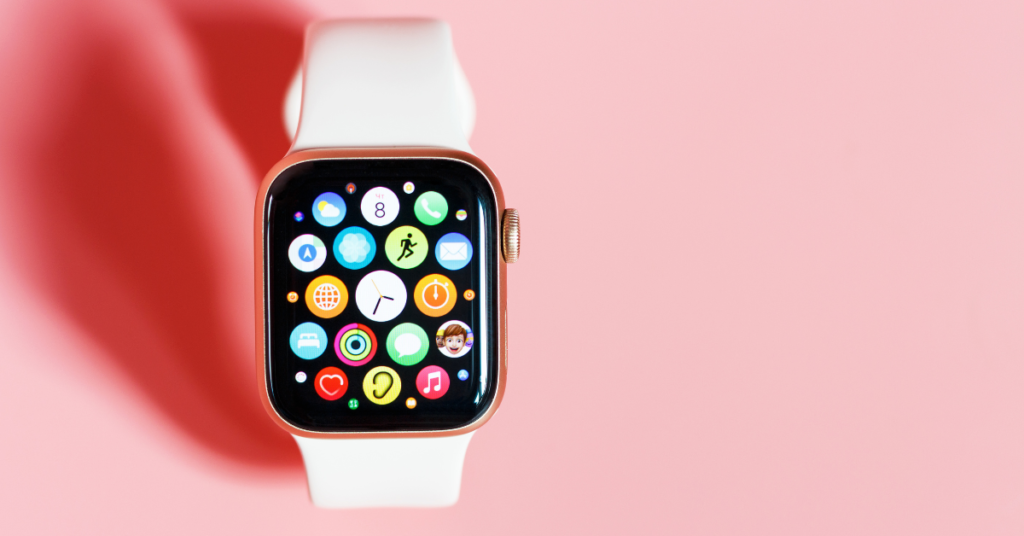Table of Contents
Introduction
As you navigate today’s fast-paced technological landscape, wearables are becoming increasingly central to your connected lifestyle. These devices, from smartwatches to fitness trackers, aren’t just changing how you interact with technology—they’re enhancing your overall well-being. In this era, convenience, functionality, and style are paramount. Wearables keep you in tune with your health, streamline your daily activities, and ensure you’re always connected, even on the go.
But as technology evolves, what future developments can you anticipate for wearables? Imagine smart clothing that adjusts to your body temperature or augmented reality glasses that offer a hands-free digital experience. The potential is limitless.
Current Trends and Market Growth
- The wearable technology market is booming, with an array of devices now available. Smartwatches, fitness trackers, and smart clothing stand out as popular choices, offering features from heart rate monitoring to GPS navigation.
- A significant trend is the focus on health and fitness. Devices today come equipped with advanced sensors for monitoring heart rate, blood pressure, and stress levels, becoming indispensable for those keen on improving their well-being.
- Moreover, smart clothing is making waves. These garments not only monitor your body temperature and movements but also provide haptic feedback, seamlessly integrating with other devices for unmatched convenience and functionality.
Benefits of Wearables
- Wearables bring numerous advantages to your connected lifestyle. They keep you connected on the move, allowing you to receive notifications, check emails, and even make calls without needing your smartphone. This constant connectivity ensures you’re always in the loop.
- In terms of health and fitness, wearables are transformative. They track your activity, heart rate, and sleep, offering insights into your health and motivating you to maintain an active lifestyle.
- For productivity and efficiency, wearables are game-changers. Voice commands and gesture control enable hands-free operation, allowing you to multitask effectively, whether you’re in a meeting or navigating the city.
Impact on Health and Fitness
- Wearables have significantly influenced the health and fitness industry. They provide detailed data on your physical activity and sleep patterns, empowering you to make informed decisions about your health. Additionally, the rise of virtual coaching and personalized training programs, powered by AI, tailor recommendations to your goals, revolutionizing your fitness journey.
Enhancing Productivity and Efficiency
- Beyond health, wearables boost productivity and efficiency. They help you stay organized with notifications and reminders and facilitate communication, enabling you to make calls and send messages on the go. In industries like logistics and manufacturing, wearables offer real-time information and guidance, improving workflow and reducing errors.
Future Advancements
- The future of wearables promises even greater innovation. Smart clothing and AR glasses are just the beginning. With AI and machine learning, wearables will become more personalized, providing tailored recommendations and insights to meet your unique needs.
Challenges and Concerns
- Despite their benefits, wearables face challenges, particularly regarding privacy and data security. Moreover, improving device interoperability and battery life is crucial for their continued adoption.
Impact on Industries
- Wearables are reshaping industries from fashion to healthcare and entertainment. They offer new design possibilities, improve health monitoring, and create immersive entertainment experiences.
Choosing the Right Wearable
- Selecting the right wearable depends on your lifestyle and needs. Consider the device’s purpose, compatibility, design, battery life, and user reviews to make an informed decision.
Conclusion
- Wearables are set to redefine your lifestyle, offering a blend of connectivity, health insights, and efficiency. As technology advances, embracing wearables means staying ahead in a world where being connected is not just convenience—it’s a necessity. Get ready to embrace the future of wearables and the endless possibilities they bring to your life.
FAQs
What are the key trends in wearable technology?
Key trends in wearable technology include the integration of health and fitness tracking features, the rise of smart clothing with temperature-regulating fabrics and embedded sensors, and the increasing focus on devices that monitor various health metrics like heart rate, blood pressure, and stress levels.
How do wearables enhance productivity and efficiency?
Wearables enhance productivity and efficiency by offering features like voice commands and gesture control for hands-free device interaction, allowing users to multitask and stay focused. For professionals, wearables can display notifications, reminders, and calendar events, facilitating communication and organization.
What advancements can we expect in the future of wearables?
Future advancements in wearables may include the development of smart clothing with advanced functionality, augmented reality glasses for immersive experiences, and the integration of artificial intelligence for personalized recommendations and insights, further personalizing the wearable experience.
What are the main challenges in the adoption of wearable technology?
The main challenges in adopting wearable technology include concerns over privacy and data security, the need for improved interoperability between wearables and other devices, and the demand for better battery life and charging options to support more feature-rich devices.
